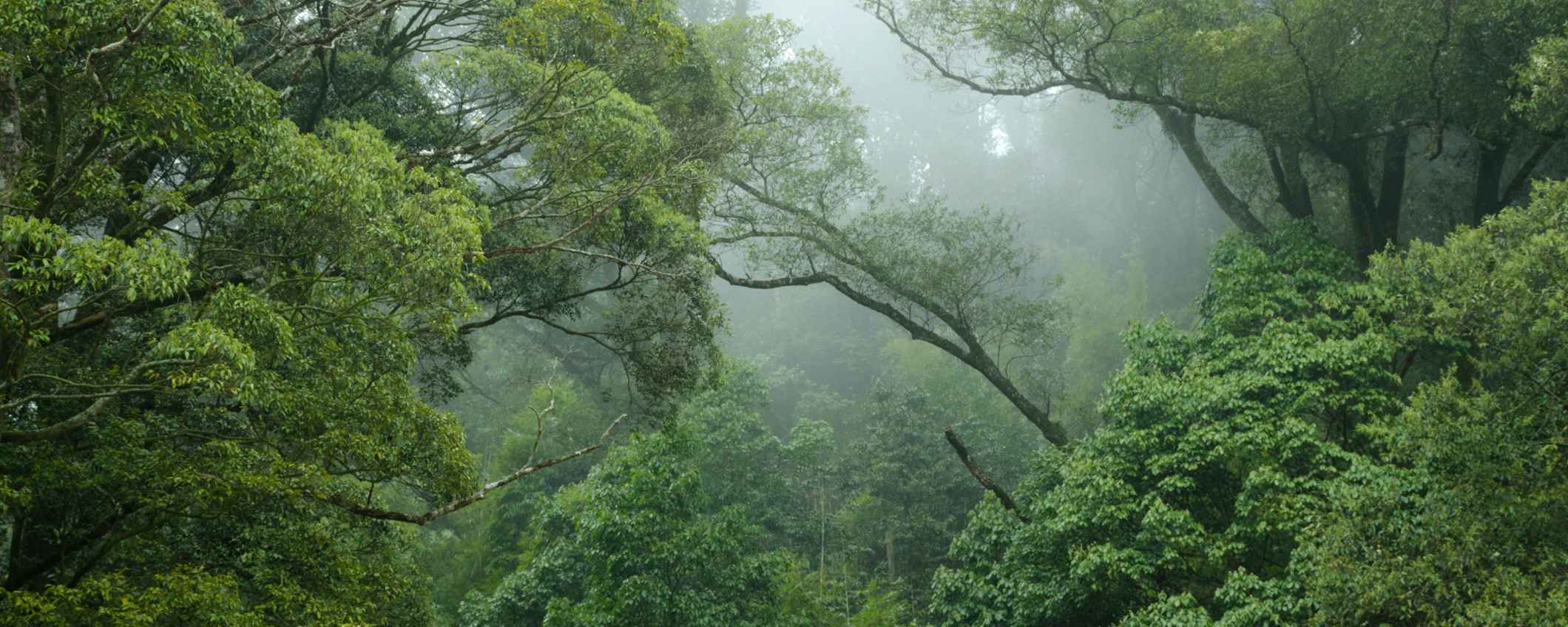The connection between the climate crisis and biodiversity is wicked: climate change leads to loss of biodiversity, while the loss of biodiversity makes it harder for ecosystems to regulate and absorb greenhouse gas emissions. Rockstrom's research shows that transitioning to a low-carbon economy cannot be tackled in a silo — we must ensure nature is able to play its role.
Our biggest ally
To make nature an ally in fighting the climate crisis, we need to take two major steps. First, we need to stop emissions from land-use changes such as deforestation and peatland conversion. These accounted for about 10% of global emissions between 2010 and 2019 according to the IPCC. Every year, about 3.75 million hectares of tropical primary rainforest is lost – a rate of 10 football pitches per minute, causing annual emissions equivalent to the fossil fuel emissions of India.
The world must reduce greenhouse gas emissions by 43% in the next seven years to limit global warming to 1.5°C and have a credible path to reaching Net-Zero by 2050. It's crucial that we rapidly reduce emissions across companies and their supply chains by defending nature. Stopping land-use change emissions requires both investing in conservation projects and cutting off the financial streams that enable nature loss drivers in sectors like livestock and mining.
Second, to reach net-zero we need to boost nature’s ability to function as a carbon sink, removing carbon from the atmosphere and storing it in soils and biomass. Natural climate solutions like improved forest management, the rewetting of peatlands and reforestation have the potential to provide one-third of the necessary mitigation by 2030. Unlike many carbon dioxide removal technologies, nature provides safe solutions to remove emissions on a large scale. Natural carbon removal will likely play a crucial role in the coming decades to keep global warming within liveable limits. In the longer term, we need to also explore and develop safe ways to more permanently store carbon beyond what is possible in most nature-based solutions.

Avoiding the carbon tunnel vision
Carbon sequestration is just one of many ecosystem services on which we depend on nature for our wellbeing and survival. We should avoid the ’carbon tunnel vision‘ that reduces ecosystems like forests to a unit of avoided or removed emissions. Focusing on carbon sequestration bears the risk of creating areas that may be high in biomass but low in value for local communities and biodiversity. We must avoid using only the simple metrics like the number of trees planted. It's essential to prevent planting trees in ecosystems where they don't belong, such as native grasslands and peatlands, or replacing old forests with new plantation species. As the conservation and restoration of nature are a necessity in itselffor Triodos, successful nature-based sequestration projects should therefore be designed to foster biodiversity and ecosystem health. Technologies like AI-powered bioaccoustics and remote sensing can help us measure and understand the success of our efforts.
Greater role for local communities
People are part of nature, and we depend on it for our wellbeing and survival. Indigenous peoples and other local communities often have unparalleled knowledge of their local ecosystems and are very effective guardians of environmental integrity. This makes them essential partners in fighting the climate crisis. Unfortunately, they are still too often marginalised in political and economic decision making, although their position as nature’s stewards was recognized at the latest Convention on Biological Diversity COP15 in December 2022. Natural climate solution projects, especially those that aim to conserve nature, must be based on equitable partnerships, and respect community rights and benefits.
Integrated and balanced nature-based solutions should do justice to both social and environmental integrity. To prevent pushing the world beyond ecological tipping points, we need to conserve and restore a diverse range of ecosystems while ensuring that local communities benefit from in it in a just and equitable manner.



